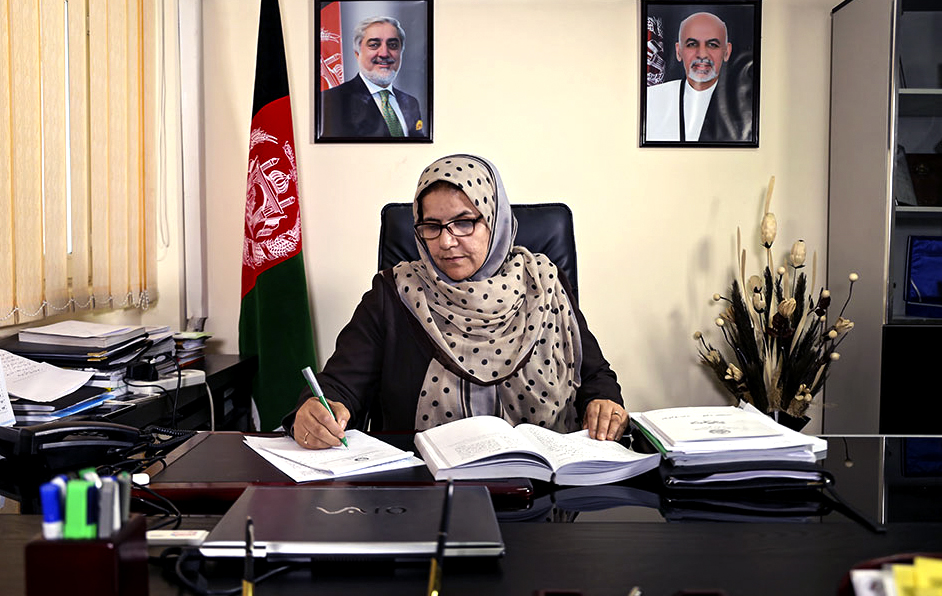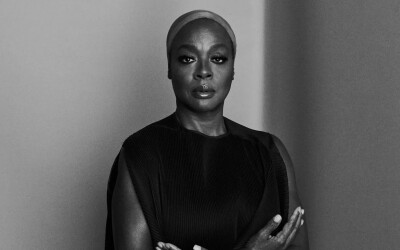“Not all women in Afghanistan are women in blue burqas begging…we can be the best engineers, doctors, judges, teachers” ~ Justice Anisa Rasooli
Justice Anisa Rasooli was recently appointed as the first woman to sit on the Supreme Court of Afghanistan. She has been a powerful advocate for bringing more women into judicial positions, including as a leader of the Afghan Women Judges Association, an organization supported by UN Women. Serving for 23 years in the judicial system, Justice Rasooli can remember when stigma against going to a judicial institution was so great that most women would not do so, even to register a marriage. Today, rates of violence against women remain high, yet progress is happening. Better laws and legal services are in place. And a record number of women sit on the bench, changing the course of justice. UN Women’s political participation programme in Afghanistan was made possible by funding from the governments of Iceland, Sweden, and Norway.
“A real landmark in Afghanistan was the endorsement of our law on ending violence against women. This protects survivors, who in the past were just unnoticed. It also obliges different ministries to provide protection, such as through the collection of evidence and the provision of free legal aid. These, of course, are not the only things needed. Much more needs to be done for Afghan women. Illiteracy, poverty, insecurity—all play roles in where we are today. Because they are not educated, many women do not know their rights. They think they have to accept violence. If they know that they have equal rights, they will not accept being hurt or beaten or burned! They will ask for help. Economic empowerment is key in this regard because many women face the issue of how they will make a living if they leave an abusive husband. Security remains a major factor. If there is security, people can overcome barriers. Insecurity tarnishes the ability and the mindset to do anything. There have been no recent cases of extrajudicial punishment of women where the government has control, but we cannot say the same for areas where it does not.
23 years ago, when I began as a judge, there were only 20 women judges in Afghanistan. At that time, I should have become a judge after I graduated, but instead I was assigned to another position and only became a judge a year before the Taliban took control. After that, until 2001 and the interim government, I had to stay home.
Today we have 300 women judges. I think this encourages women to approach judicial institutions. They know that women judges will not allow shortcomings in the response to women survivors of violence and other crimes. Many more women now are training to become judges—and I hope they continue to do so because it is their right, and because it is a sacred profession where you help others and yourself.
My wish for all women is to enjoy the rights to which they are entitled as human beings. Much depends on eliminating violence and the factors behind it, but I believe if we work with the international community, we can solve this problem.
Everyone needs to remember that not all women in Afghanistan are like the photos of women in blue burqas begging on the streets. That is not who we are. Afghan women can be the best engineers, doctors, judges, teachers. We are vocal and visible and playing prominent roles. We have many good things to offer if the conditions are right.”
Source unwomen.org



